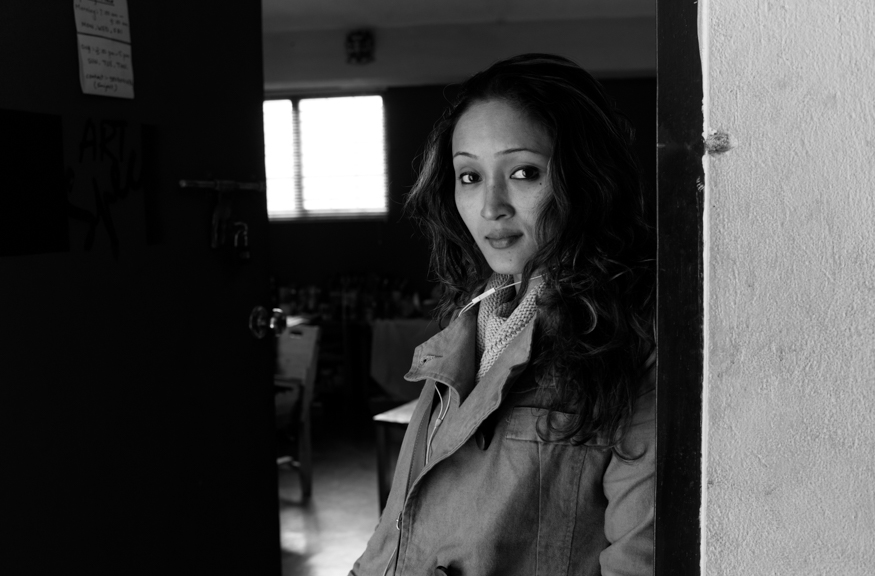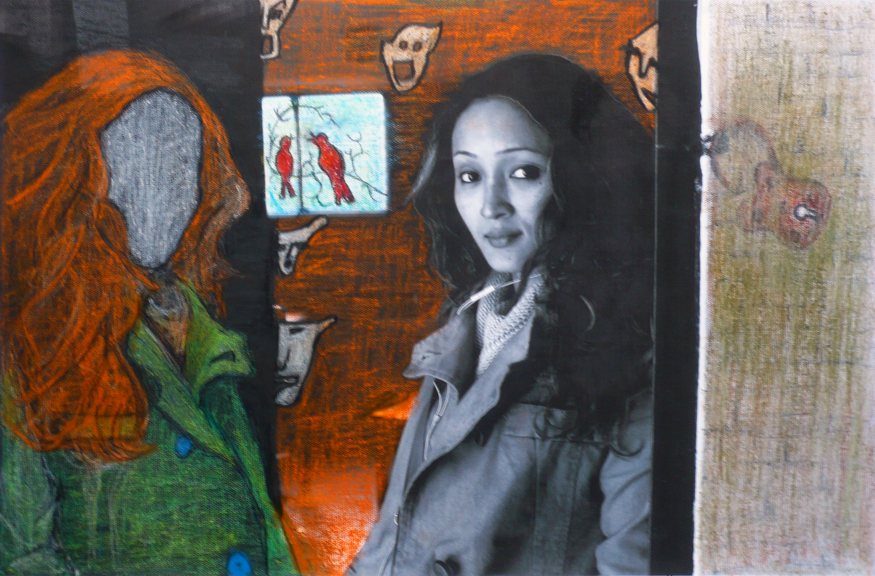

© Antonio Nodar / Meenaa Kayalka
Meena Kayastha is a prominent visual artist and sculptor based in Kathmandu, Nepal. Born in 1985 in Bhaktapur, she has made significant contributions to the contemporary art scene in Nepal.
Education and Background
Received a Bachelor's degree in Fine Arts, specializing in sculpture, from Kathmandu University's Centre for Art and Design in 2007.
Her artistic journey was influenced by her family's traditional Nepali handicrafts business in Bhaktapur.
Artistic Style and Themes
Known for creating contemporary sculptures that incorporate elements of traditional Nepalese art.
Utilizes discarded materials and junk to create meaningful artworks, raising awareness about environmental sustainability.
Explores themes such as gender issues, social inequality, and the dichotomy between the treatment of women and goddess worship in Nepal.
Techniques and Materials
Works with a hybrid style, fusing modern and traditional elements.
Uses materials like papier-mâché, brick dust, mud color, junk materials (especially steel), and tiles for mosaics.
Transforms scrapped objects, including metal, wood, old doors, broken toys, and electronic waste into art pieces.
Notable Works and Exhibitions
Held significant exhibitions at Siddhartha Art Gallery in 2011 and 2016, establishing herself as a "Junk Artist".
Created a piece inspired by the Navadurga dance, featuring the goddess Varahi, for the Rubin Museum's "Reimagine" exhibition.
Recognition and Roles
Serves as the Country Representative for World Contemporary Artists (WCA) since December 2016.
Her work has gained both national and international recognition.
Meena Kayastha's art serves as a powerful medium for addressing social issues, environmental concerns, and cultural heritage, while pushing the boundaries of contemporary Nepalese art.